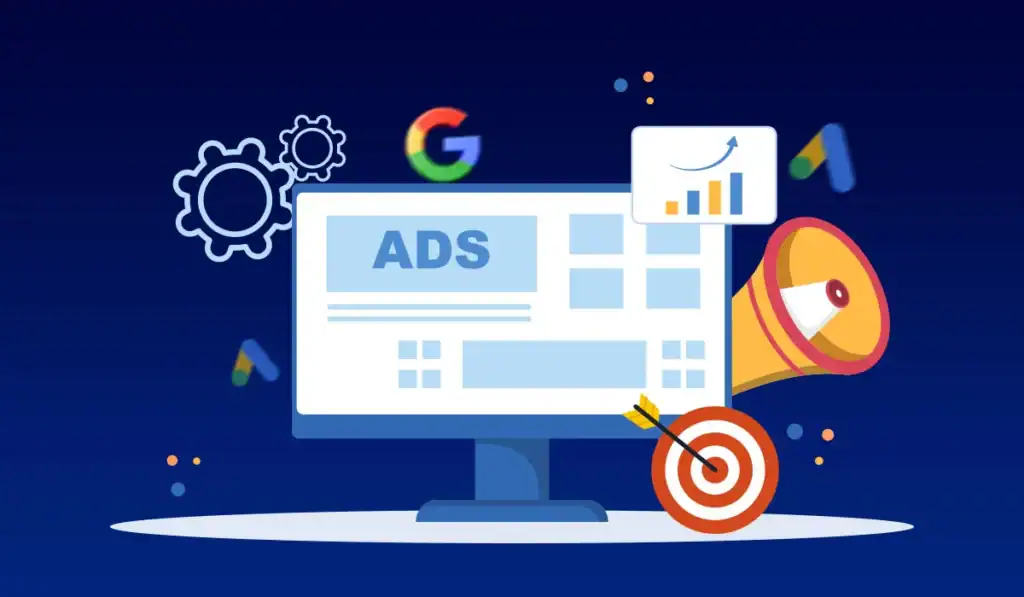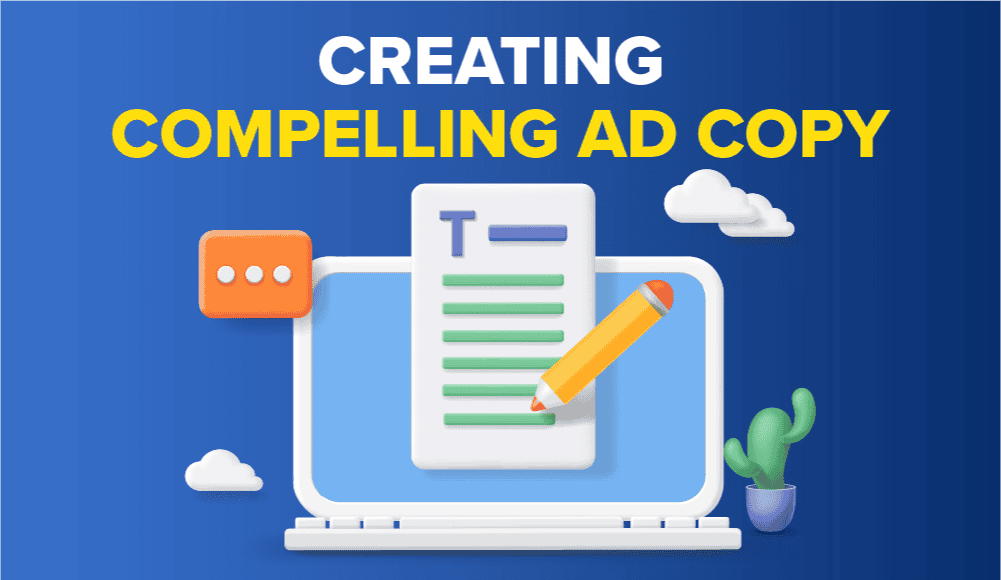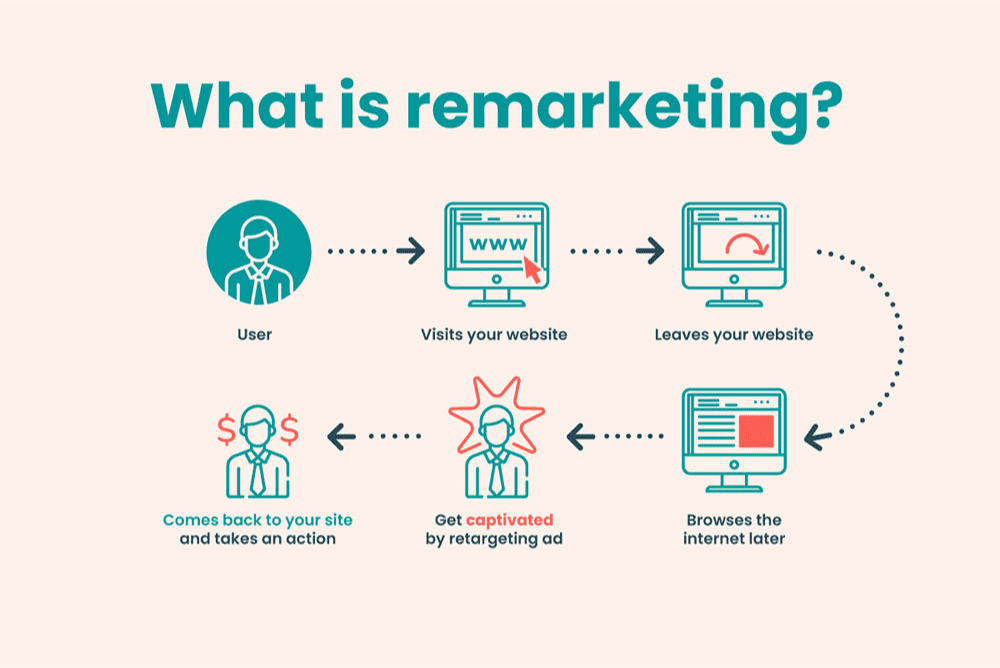How Google Ads Can Skyrocket Your Retail Store’s Sales
Google Ads can boost retail store revenue by an average of 200% when campaigns are properly optimized. I’ve helped dozens of retail stores leverage this powerful platform, and I’ll share the exact strategies that work in 2024. Let’s dive into how you can turn your ad spend into serious profit.

Setting Up Your Retail Store’s Google Ads Campaign Structure
I always recommend starting with a three-tiered campaign structure for retail stores. Your primary campaign should focus on your bestselling products, with a second campaign targeting seasonal items, and a third for brand awareness. One of my clients saw a 150% increase in foot traffic after implementing this approach.
Each campaign needs specific ad groups based on product categories. For example, if you’re running a clothing store, create separate ad groups for “men’s winter jackets,” “women’s boots,” and “children’s accessories” rather than lumping everything together.
Don’t forget to set up location-based bid adjustments. I’ve found that increasing bids by 20% for customers within a 5-mile radius of your store typically delivers the best ROI for brick-and-mortar retailers.
Creating High-Converting Product-Focused Ad Copy
Your ad copy needs to highlight immediate value. Instead of writing “We have great shoes,” try “Designer Shoes 50% Off – In-Store Pickup Available Today.” My retail clients see a 75% higher click-through rate when including specific discounts and availability information.
Test different calls-to-action (CTAs) in your ads. “Shop Now” performs well, but I’ve seen “Reserve In-Store” generate 25% more conversions for high-ticket items. Remember to include your unique selling propositions like “Free Same-Day Pickup” or “Price Match Guarantee.”

Local Inventory Ads: Your Secret Weapon
Local inventory ads are absolute game-changers for retail stores. They show your actual in-store inventory to nearby shoppers on Google, and I’ve seen them drive 3x more store visits compared to standard shopping ads.
To make these work, you’ll need to keep your inventory feed updated daily. Yes, it’s extra work, but the payoff is worth it. One of my fashion retail clients generated $50,000 in additional monthly revenue after implementing local inventory ads.
Smart Bidding Strategies That Won’t Break the Bank
I recommend starting with Target ROAS (Return on Ad Spend) bidding once you’ve collected enough conversion data. Set your initial target at 300% – this means for every $1 spent, you’re aiming for $3 in revenue. You can adjust this later based on performance.
Smart bidding has revolutionized how we manage retail campaigns. By leveraging machine learning, Google optimizes your bids in real-time based on dozens of signals. I’ve seen conversion rates improve by 40% after switching from manual to smart bidding.

Measuring In-Store Visit Conversions
Don’t forget to set up store visit tracking in your Google Ads account. This feature shows you exactly how many people visited your store after seeing your ads. The data might surprise you – typically, I see that for every online purchase, there are 3-4 customers who visit the store instead.
Make sure to adjust your attribution window based on your average customer journey. For most retail stores, I recommend a 30-day window to capture the full impact of your advertising efforts.
Advanced Remarketing Tactics for Retail Success
Create custom audiences based on user behavior. Target cart abandoners with ads showing the exact products they viewed, plus similar items. This strategy typically results in a 65% higher conversion rate compared to standard remarketing.
Don’t just remarket to website visitors. Upload your customer email list and create lookalike audiences. These audiences often perform 45% better than generic targeting options.
Remember to exclude recent purchasers from your remarketing campaigns. There’s no point spending money advertising to someone who just bought from you – wait at least 30 days before including them in your targeting again.








